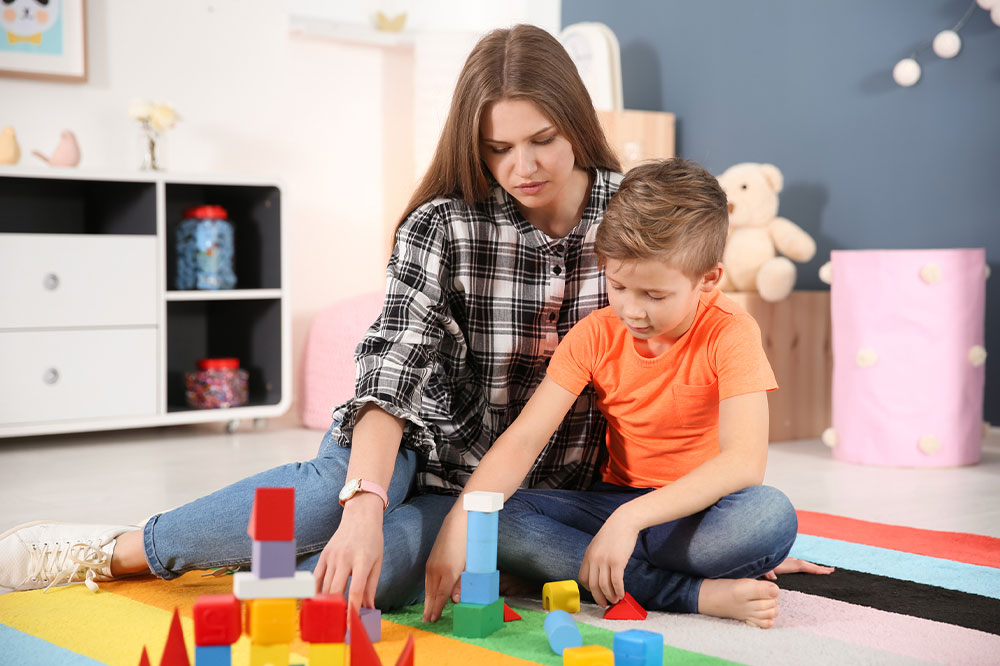
5 therapies for children with autism
Autism spectrum disorder (ASD) is a range of challenges many children face with social skills, speech, repetitive behaviors, and nonverbal communication. They also face other medical problems like seizures, sleep disturbance, and gastrointestinal (GI) distress. Autism has multiple subtypes. Each of these subtypes is influenced by genetic and environmental factors. Therefore, there isn’t a standard treatment. Instead, doctors recommend therapies to help curb autism symptoms and help improve the patient’s abilities.
Applied behavior analysis (ABA)
Applied behavior analysis (ABA) therapy uses rewards to promote positive behavior and teach autistic children new skills. Parents and caregivers receive training to provide constant feedback to autistic children. The goal of this method differs and may include social skills, personal care, communication, and school work. The types of ABA include:
- Early intensive behavioral intervention (EIBI): A form of therapy designed for children usually below five.
- Verbal behavior intervention (VBI) : To help improve a child’s verbal skills.
- Discrete trial training (DTT): A method that breaks down a desired behavior into simple steps.
- Pivotal response treatment (PRT): A method focused on important developmental regions like taking the lead at social meetings and self-management.
Occupational therapy (OT)
Occupational therapy (OT) encourages autistic people to improve their cognitive, physical, motor, and social skills. Improving these skills will help them become more independent and participate in several activities. These activities include those at home and in school or other public places. An occupational therapist first evaluates the child by carefully identifying their skills, any signs of aggression, interaction with parents and caregivers, and their need for personal space. Following the evaluation, the therapist develops a unique program based on the type of therapy the child may need. These therapies include a combination of the following:
- Physical activities: Solving puzzles stringing beads to help the child build on coordination and body awareness.
- Developmental activities: Brushing their teeth or combing their hair independently.
- Adaptive strategies: To adapt to any new changes in their surroundings.
Speech therapy
People who have ASD may have difficulties with speech and nonverbal communication. The obstruction may even affect their ability to socialize with others. People with autism may:
- Not speak at all
- Hum or talk in a musical way
- Babble sounds that make up words
- Repeat what other people say
- Make grunts, shrieks, or harsh sounds when speaking
- They may also face other challenges like making eye contact in conversational skills, having little understanding of what is being spoken, and lacking creative language
Speech therapists help overcome such challenges. Once they have diagnosed the condition, they put together the best ways to improve the autistic patient’s speech. Such therapists also work closely with family, school, and other professionals. A few skills speech therapists focus on are:
- Matching emotions with the right facial expressions.
- Responding appropriately to questions.
- Strengthening the muscles in the jaw, neck, and mouth.
- Reading body language.
- Understanding speech sounds and responding to such sounds clearly.
- Identifying a picture with respect to its meaning.
- Regulating the tone of their voice.
Play therapy
Play therapy is a common method used to help kids with autism. Normally, children with autism don’t play with toys like other children. They focus on parts of the toy rather than the entire toy and prefer to play by themselves. However, many children with ASD express themselves by playing with such toys. It is a great way for parents, caregivers, and other professionals to connect with and understand them. A few common types of play therapy include:
- Floortime: Here, the parent plays with the child and interacts at their level. The goal is to introduce play that goes back and forth to promote communication and introduce new elements to their playtime.
- Joint attention symbolic play engagement and regulation (JASPER): The JASPER program helps autistic children improve their joint attention skills, enabling them to play with other children. It also helps introduce them to pretend play, enhance how they play with toys, and speak more with others.
- Integrated play groups (IPGs): IPGs combine children with and without ASD. The goal is to make autistic children follow the other children and learn to play. Adults initially set the rules and the tone of the game, but the children take over thereafter. The activity helps improve the child’s social skills.
Hippotherapy
Also known as therapeutic horseback riding, hippotherapy is usually recommended for autistic children between five and sixteen years of age. In this therapy, the autistic child rides a horse under the guidance of a therapist. Doing so encourages them to react, adjust, and ultimately adapt to the horse’s movements. Based on research, hippotherapy helps autistic children improve their social and speaking skills. It also makes them less hyperactive and irritable.




